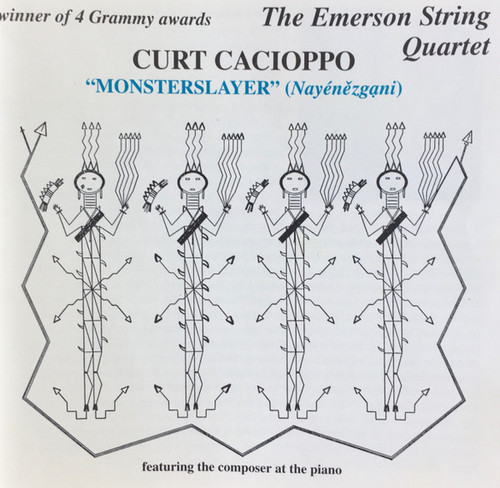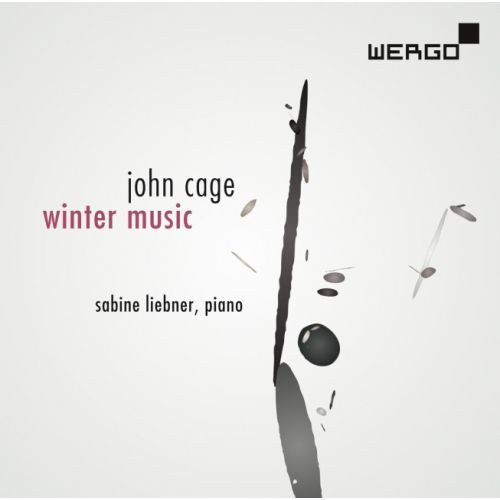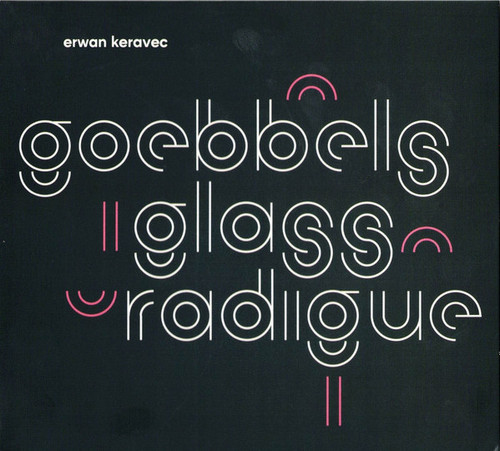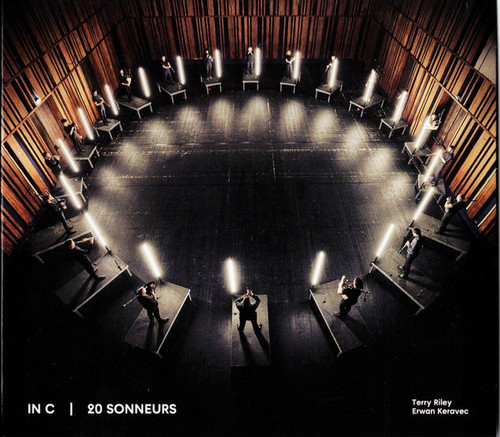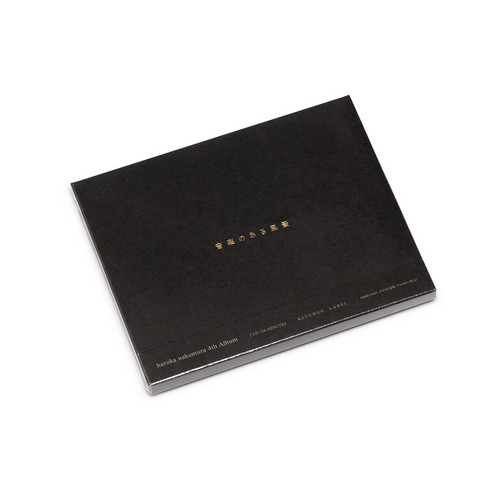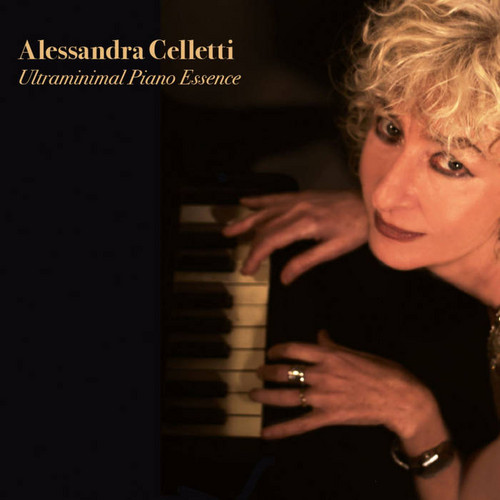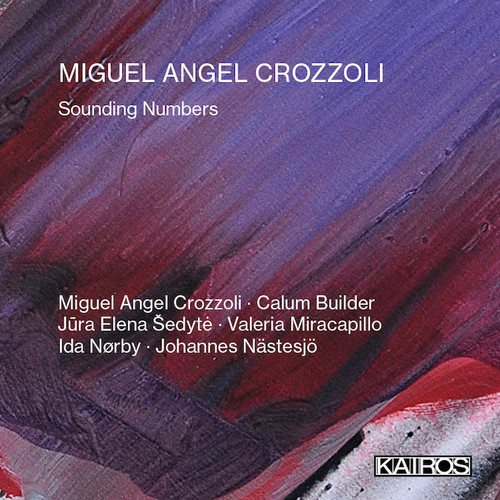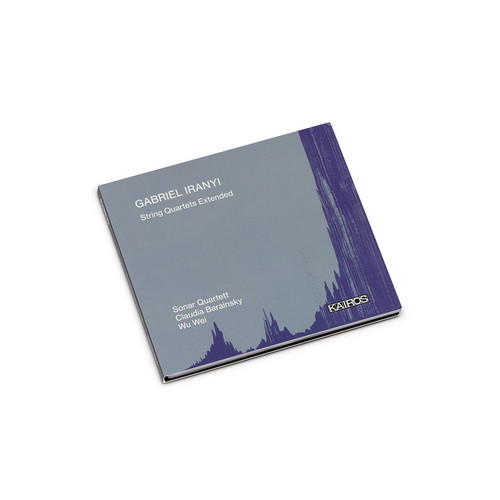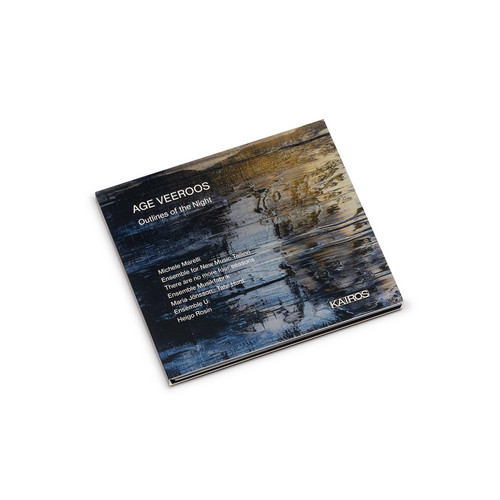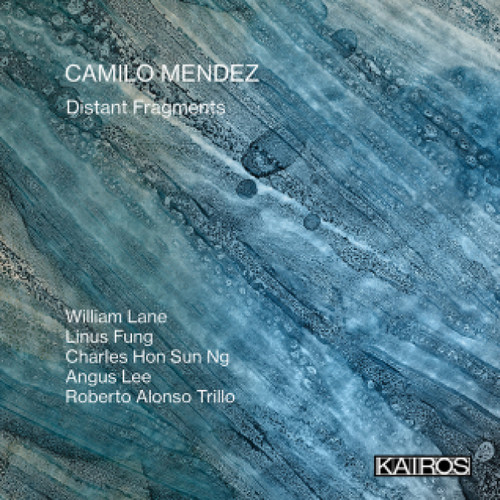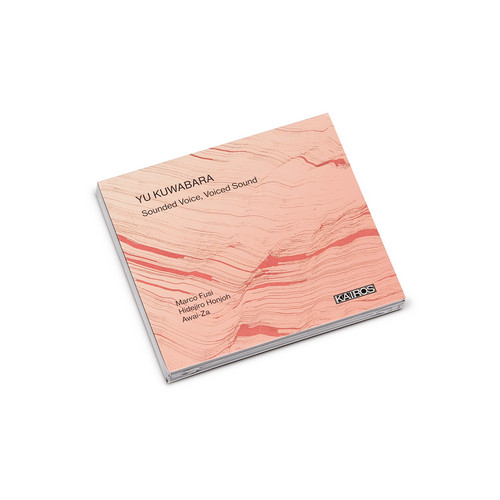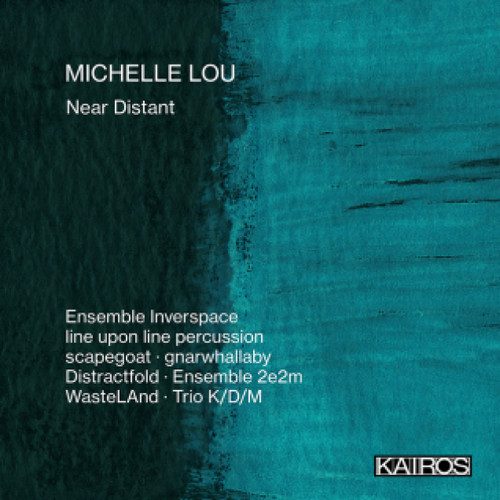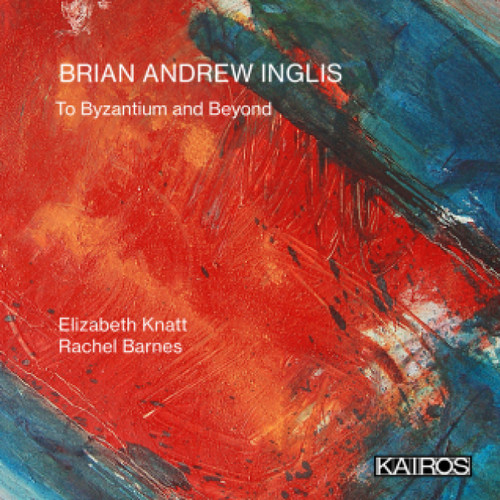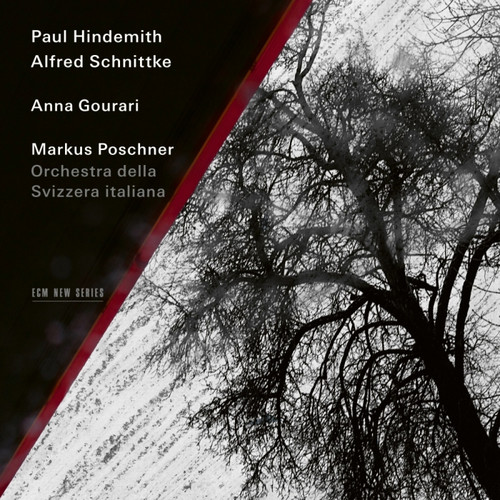Kapitän Nemos Bibliothek
Johannes Kalitzke’s opera Captain Nemo’s Library weaves themes of identity, childhood and fantasy into a powerful poetic narrative. Inspired by Jules Verne’s 20,000 Leagues Under the Sea and Per Olov Enquist’s novel, it explores the intertwined fates of two boys in a Swedish village, their imaginary refuge aboard the Nautilus and the trials of their friendship. With a mixture of singing, puppetry and the integration of musical motifs by Bach as well as impressive electronics, Kalitzke creates a …
Music of Curt Cacioppo
1988 release ** Highly enjoyable album by American pianist and composer, with four piano pieces performed by Cacioppo himself plus the Monsterslayer string quartet based on Navajo cosmology performed by the Emerson String Quartet. "The principal material of the work evolved out of a system of scales, intervals, chords and rhythms that I derived from numerological, directional and other elements of Navajo cosmology. Although the connected movements more or less follow sonata form, song form, sche…
Winter Music
John Cage's importance for a comprehensive aesthetic reorientation of New Music after the Second World War can hardly be overestimated. His self-discovery and compositional articulation took place particularly in the field of piano music: in the art-merging experimental laboratory of New York around the dancer Merce Cunningham, the painter Robert Rauschenberg and the congenial performer and pianist David Tudor.
It is good fortune that Sabine Liebner, who has already released several internationa…
Goebbels/Glass/Radigue
*2024 stock* Erwan Keravec's 4th opus devoted to contemporary music, Goebbels/Glass/Radigue features a trio of contemporary music maestros. Evocative, minimal or sensitive, 3 very different ways of imagining music. Heiner Goebbels places the bagpipes in the mountains, then abruptly in an industrial landscape, all the while quoting Bach, while Philip Glass' music uses the repetition of 5 notes served by continuous breathing. Finally, Eliane Radigue brings the instrument closer to intimacy.
8 Sonneurs pour Philip Glass
"My reasons for writing pieces are often very surprising.... Two Pages, you'll recall, is a unison. Someone asked me if I was trying to follow the evolution of music history and if, then, my next piece would follow that logic and be fifths. So I wrote Music In Fifths. All movement is parallel, so I had to do one with contrary motion. After Music In Contrary Motion came its opposite, Music In Similar Motion. It was all very simple. In 1969, nobody knew me or really cared what I could write, so I …
In C | 20 Sonneurs
*2024 stock* It's quite unusual for me to take on an existing piece. Since I've been interested in contemporary music, I've devoted myself to commissioning new pieces. This time, it's a bit different. I wanted to extend the ringers' quartet into a form reminiscent of a bagad. In C (1964) consists of 53 ordered patterns. The musicians repeat them freely and move on to the next. Terry Riley simply explains that each musician must be neither too far behind nor too far ahead of the others. This grea…
Ongaku No Aru Fuukei
“Dead of winter, a hidden chapel, silent prayers echoing.” We first introduced Haruka Nakamura’s first full-length piano-based album ‘Twilight’ in 2010. The studio-recorded album was extolled and acclaimed by fans and critics alike in Japan. Building on the strengths and success of its predecessor, haruka nakamura returns with this one, a 2 CD 106 minutes collection entitled ‘Ongaku no Aru Fuukei’ (English Translation: Music with scenery). Recorded at concert hall ‘sonorium’ in Tokyo, the album …
Galgenlieder à 3
In Galgenlieder à 3, Christian Morgenstern’s whimsical Galgenlieder merge brilliantly with the haunting musical language of Sofia Gubaidulina. This unique song cycle, consisting of voice, percussion and double bass, brings Morgenstern’s playful and surreal poetry to life. Gubaidulina’s composition captures the essence of each poem through various expressive techniques, from normal singing to whispering and chanting. With imaginative interludes and an inventive use of motifs and intervals, this w…
Ultraminimal Piano Essence
*Limited edition - 1st press of 118 audiophile CDr ephemerals* Defined as "the best secret of Italian music" (Gigi Razete-La Repubblica) Celletti actually has over 20 record albums under her belt with English and American labels, concerts all over the world and millions of listens on Spotify. Graduated from the Santa Cecilia Conservatory in Rome, she comes from a classical background, but her inclination to experiment has broadened her experiences with forays into rock, avant-garde and electroni…
Sounding Numbers
Miguel Angel Crozzoli’s album "Sounding Numbers" explores the intersection of climate data and music. This album features two compelling works: I Am the Forest and I Am the Ocean, both born from transforming scientific data on deforestation and ocean contamination into sound. Through innovative sonification techniques and a blend of electronic and acoustic instrumentation, Crozzoli creates immersive soundscapes that resonate emotionally and inspire action against climate change. Let the haunting…
String Quartets Extended
This album presents the innovative works of Gabriel Iranyi composed between 2012 and 2022. It includes two string quartets and their unique extensions with human voice and the Chinese mouth organ sheng. Iranyi’s compositions explore profound musical spaces and subjective experiences. The album features the intense String Quartet No. 4, the intricate String Quartet No. 5, the emotive Four Love Poems by Paul Celan for soprano and quartet, and the captivating quintet for sheng and string quartet Th…
Tabula Rasa
New vinyl reissue in facsimile gatefold edition, includes original liner notes by Wolfgang Sandner in enclosed booklet.
Portals
Felipe Lara’s music is a whirlwind of energy and motion, characterized by large, expressive brushstrokes that leave palpable traces. His works are in constant flux, pulsating with spectral harmonies and iridescent surfaces. This album includes the three ensemble works Chambered Spirals, Fringes and Ventos Uivantes, as well as Injust Intonations, a reflective solo piano piece. Each composition showcases Lara’s unique ability to combine intricate textures with dynamic, expansive gestures to create…
Outlines of the Night
Elusive and illusory, Age Veeroos’ music captures a unique tension between focus and ambiguity. The album "Outlines of the Night" presents compositions in which, for example, violin and electronics, as in Schattenseele, evoke corresponding sensations of a “shadow soul” through obsessive, circling motifs. In Keha for bass clarinet, physical and biological processes are musically embodied, oscillating between registers. Fantasia “A Threadbare Chant” and Ma olen suur kuu su silmapiiril further demo…
Distant Fragments
With "Distant Fragments", Camilo Mendez presents an album of solos and duos that showcase his most intimate and reflective works, creating a rich sound tapestry. While Mechanical Resonance I: Iridescent Resonance explores cloud luminescence through prepared violin and viola, Five Fragments deals with the themes of variation and polyphony. Cancion de la Distancia, on the other hand, reflects the fleeting nature of memory and time, inspired by Arturo’s poetry. Recorded by Roberto Alonso, Linus Fun…
Sounded Voice, Voiced Sound
In the heart of 21st-century Japan, Yu Kuwabara emerges as a composer of remarkable versatility and resilience. Inspired by Japanese mythology, Buddhist chants, and Edo songs, Kuwabara explores the energy of the Japanese language through her compositions. Her works, such as Bai and Dharani and Toward the Brink of Water Or the Verge of Dusk, blend Western classical influences with traditional Japanese elements. Kuwabara’s research in traditional arts fuels her innovative approach, capturing the f…
Near Distant
Near Distant by Michelle Lou explores the intricate interplay of stasis, time and perception. Lou’s compositions challenge conventional interpretations, presenting music as a constantly evolving landscape. Through “static” or “stasis-variation” she reveals the complexity within seemingly unchanging sounds, inviting listeners to explore subtle transformations in pitch, timbre and dynamics. This album embodies Lou’s unique approach, emphasizing our active role in perceiving and transforming the in…
Zensolence
"Zensolence" embodies the auditory canvas of Osmo Tapio Räihälä, a synaesthetic composer who transforms the visual into the musical. For Räihälä, art forms transcend their mediums and speak a universal language through diverse expressions. His experience of colours, shapes and textures in music is reflected in this eclectic album, where the traditional meets the innovative. Räihälä draws inspiration from the abstract and translates it into a musical lexicon that is as diverse as it is distinctiv…
To Byzantium and Beyond
The album is inspired by the poetry of William Butler Yeats, in particular his work Sailing to Byzantium. The main composition, which features five recorder sizes from tenor to garklein, explores themes of time and transcendence, depicting a journey to an imaginary Byzantium where the poet is transformed into a golden bird. The four movements correspond to stanzas in Yeats’ poem, with recurring elements such as a lyrical refrain and a gyre reflecting the poet’s themes. The trajectory of the piec…
Paul Hindemith, Alfred Schnittke, Anna Gourari, Markus Poschner, Orchestra Della Svizzera Italiana Lugano
Paul Hindemith / Alfred SchnittkeAfter three acclaimed solo piano programmes for the label, here Anna Gourari widens the instrumental spectrum with the Lugano-based Orchestra della Svizzera italiana under Markus Poschner’s direction in striking performances of Alfred Schnittke’s Concerto for Piano and String Orchestra and Paul Hindemith’s The Four Temperaments. Gourari’s pianistic command is one of “virtuoso polish and with flawless action”, to quote the German daily Süddeutsche Zeitung, and her holistic, wide-reaching grasp of…

